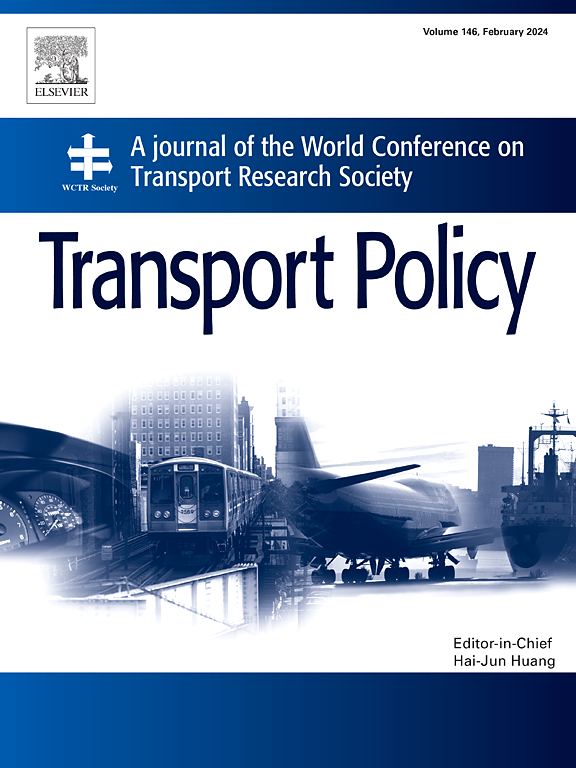Maritime emissions trading in the EU: Systematic literature review and policy assessment
IF 6.3
2区 工程技术
Q1 ECONOMICS
引用次数: 0
Abstract
The European Union Emissions Trading System (EU ETS) has been expanded to include maritime transport. Since 2024, large ships that stop at European Economic Area ports are subject to a carbon price under the EU's greenhouse gas emissions cap. To improve understanding about the goals and possible impacts of this EU policy expansion, the present article conducts a Scopus and Web of Science-based systematic literature review of peer-reviewed publications that assess the legal design or expected effects of EU maritime emissions trading. The relevant findings from 51 identified studies are categorized based on a framework of assessment criteria, which are systematically derived from the policy objectives outlined in the EU ETS Directive: emissions reductions, cost-effectiveness, economic efficiency, equity, and coherence. The aggregation of literature findings with a qualitative research synthesis provides a comprehensive up-to-date assessment of the maritime EU ETS, illuminating trade-offs between the pursued policy objectives and revealing gaps in existing knowledge. These findings suggest that the EU ETS can result in significant emissions reductions, at a lower overall cost compared to regulatory alternatives. It can also help to stimulate the adoption of technical and operational decarbonization solutions in maritime transport. However, uncertainties remain regarding the risk of carbon leakage, the uneven economic impacts of the EU ETS on certain countries, populations, and shipping segments, as well as its coherence with other domestic and international policies. This overview guides decision-makers in the first implementation stages of the maritime EU ETS and informs the design of similar market-based policies in other jurisdictions.
求助全文
约1分钟内获得全文
求助全文
来源期刊

Transport Policy
Multiple-
CiteScore
12.10
自引率
10.30%
发文量
282
期刊介绍:
Transport Policy is an international journal aimed at bridging the gap between theory and practice in transport. Its subject areas reflect the concerns of policymakers in government, industry, voluntary organisations and the public at large, providing independent, original and rigorous analysis to understand how policy decisions have been taken, monitor their effects, and suggest how they may be improved. The journal treats the transport sector comprehensively, and in the context of other sectors including energy, housing, industry and planning. All modes are covered: land, sea and air; road and rail; public and private; motorised and non-motorised; passenger and freight.
 求助内容:
求助内容: 应助结果提醒方式:
应助结果提醒方式:


